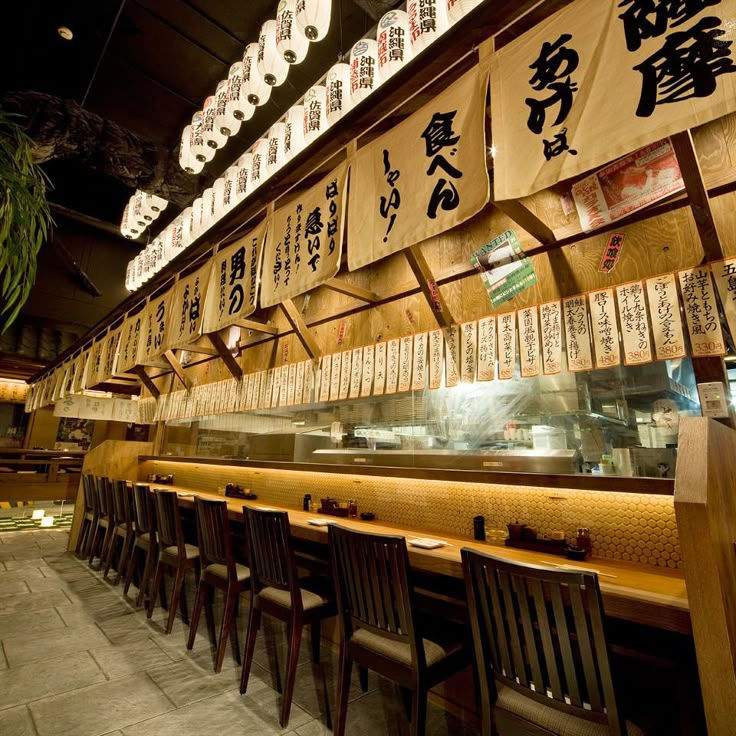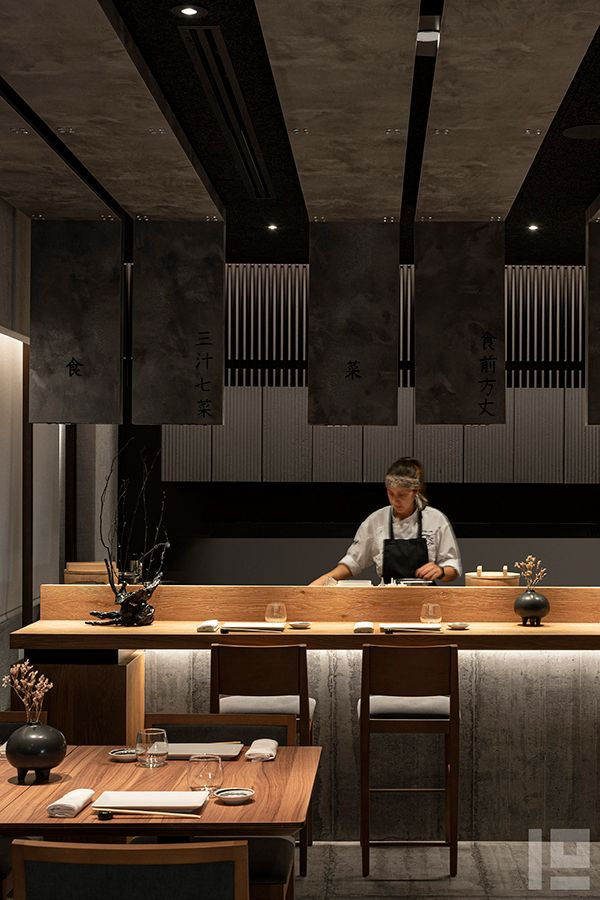Localization vs authenticity orientation
- kforest0911
- 4月30日
- 読了時間: 4分
更新日:5月5日
~How far are you going to Americanize? How much do you sing on Japan? ~
When developing a Japanese restaurant overseas, this problem is always encountered.
It is a conflict of **"How far to match the local taste"**.
If it is completely localized, it can be sold, but it will no longer be Japanese food.
If you are too particular about the real thing, you will become a store that is only supported by maniacs.
This sense of balance is the key to the success of overseas restaurants.
🥢 What does "localization" mean in the first place?
Project | Examples of localization |
Seasoning | Strengthen the sweetness and weaken the saltiness |
Menu structure | Combine "sushi + ramen", "sushi + chicken cutlet rice bowl", etc. |
Foodstuffs | Using local fish and vegetables that are easy to obtain |
Service | Thoroughly indicate allergies on the menu and include vegan support |
🍱 Advantages and disadvantages of authenticity orientation
✅ Merits
Brand value increases
You can get core fans who really want Japanese food
❌ Disadvantage
It is difficult for the general public to receive
Material costs and operation costs will increase
🍔 Advantages and disadvantages of emphasizing localization
✅ Merits
Able to approach a wide range of customers
The turnover rate is easy to increase and easy to monetize
❌ Disadvantage
The risk of fading the personality of Japanese food
It becomes difficult to differentiate from full-fledged rival stores
💡 Successful stores are doing "protect only the axis and be flexible"!
For example--
Sushi roll is for local use (California roll, spicy sina roll)
➔ However, only the quality of shari (vinegar rice) strictly adheres to Japanese standards
Ramen is Americanized (with garlic and cheese toppings)
➔ But the way to take the soup is as it is
Add poki bowl and edamame to the side menu
➔ Coexisting authentic Japanese food and pop local food
In other words,
▶ Don't make it "Japanese-style food that can be eaten anywhere"
▶ Aiming for "a shop that smells Japanese and is friendly to local people"
This is the best balance.
📢 Finally, let's have the perspective of "expanding Japanese food"
The Japanese food business overseas is not just a "business".
Your cooking may be **"the first encounter with Japanese food"** for people in that city.
That's why,
Don't give up on both "deliciousness" and "authenticity".
This determination will be the driving force behind creating a long-lasting popular store.
現地化 vs 本物志向
〜どこまでアメリカナイズする?どこまで日本にこだわる?〜
海外で日本食レストランを展開する際、必ずぶつかるのがこの問題。それは、**「どこまで現地の味覚に合わせるか」**という葛藤です。
完全に現地化すれば、売れるけど日本食ではなくなる。本物にこだわりすぎると、マニアにしか支持されない店になる。
このバランス感覚こそが、海外レストラン成功のカギです。
🥢 そもそも「現地化」ってどういうこと?
項目 | 現地化の例 |
味付け | 甘さを強く、塩気を弱くする |
メニュー構成 | 「寿司+ラーメン」「寿司+チキンカツ丼」など組み合わせる |
食材 | 入手しやすい現地産の魚・野菜を使用 |
サービス | メニューにアレルギー表記を徹底、ビーガン対応を入れる |
🍱 本物志向のメリット・デメリット
✅ メリット
ブランド価値が高まる
本当に日本食を求めるコアファンを獲得できる
❌ デメリット
一般大衆層には受けにくい
材料コスト、オペレーションコストが高くなる
🍔 現地化重視のメリット・デメリット
✅ メリット
幅広い客層にアプローチできる
回転率が上がりやすく、収益化しやすい
❌ デメリット
日本食の個性が薄れるリスク
本格志向のライバル店との差別化が難しくなる
💡 成功している店は「軸だけ守って柔軟に」やっている!
たとえば――
寿司ロールは現地向け(カリフォルニアロール、スパイシーツナロール)➔ でも、シャリ(酢飯)の品質だけは日本基準を厳守
ラーメンはアメリカナイズ(ガーリックやチーズトッピングあり)➔ でも、スープの取り方は本場そのまま
サイドメニューにポキボウルや枝豆をプラス➔ 本格和食とポップな現地フードを共存させる
つまり、▶ 「どこでも食べられるジャパニーズ風料理」にしない▶ 「日本らしさが香る、現地の人にも親しみやすい店」を目指す
これがベストバランスです。
📢 最後に:「日本食を広げる」という視点を持とう
海外での日本食ビジネスは、単なる「商売」ではありません。あなたの料理が、その街の人たちにとって**“日本食との最初の出会い”**になるかもしれないのです。
だからこそ、「おいしさ」と「本物らしさ」の両方をあきらめない。この覚悟が、長く続く人気店を作る原動力になります。




test